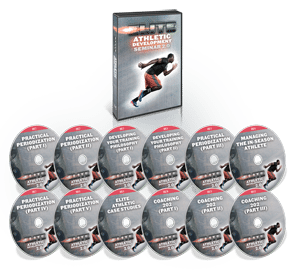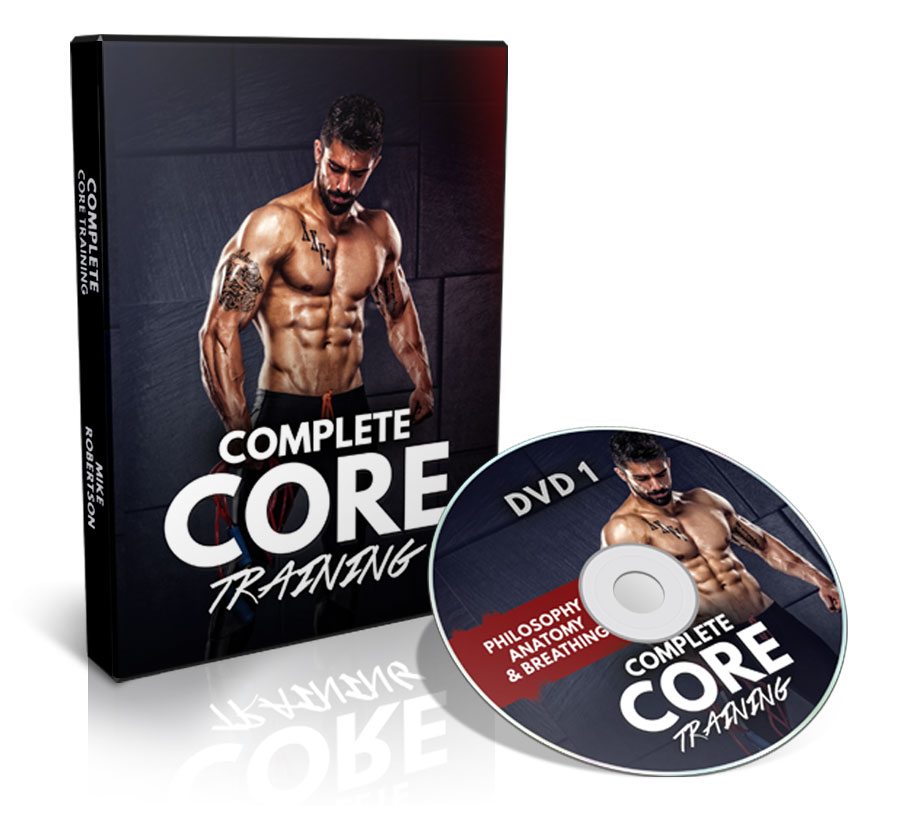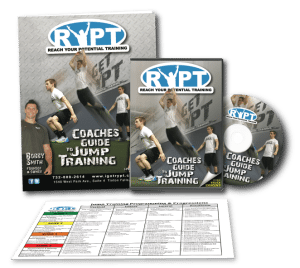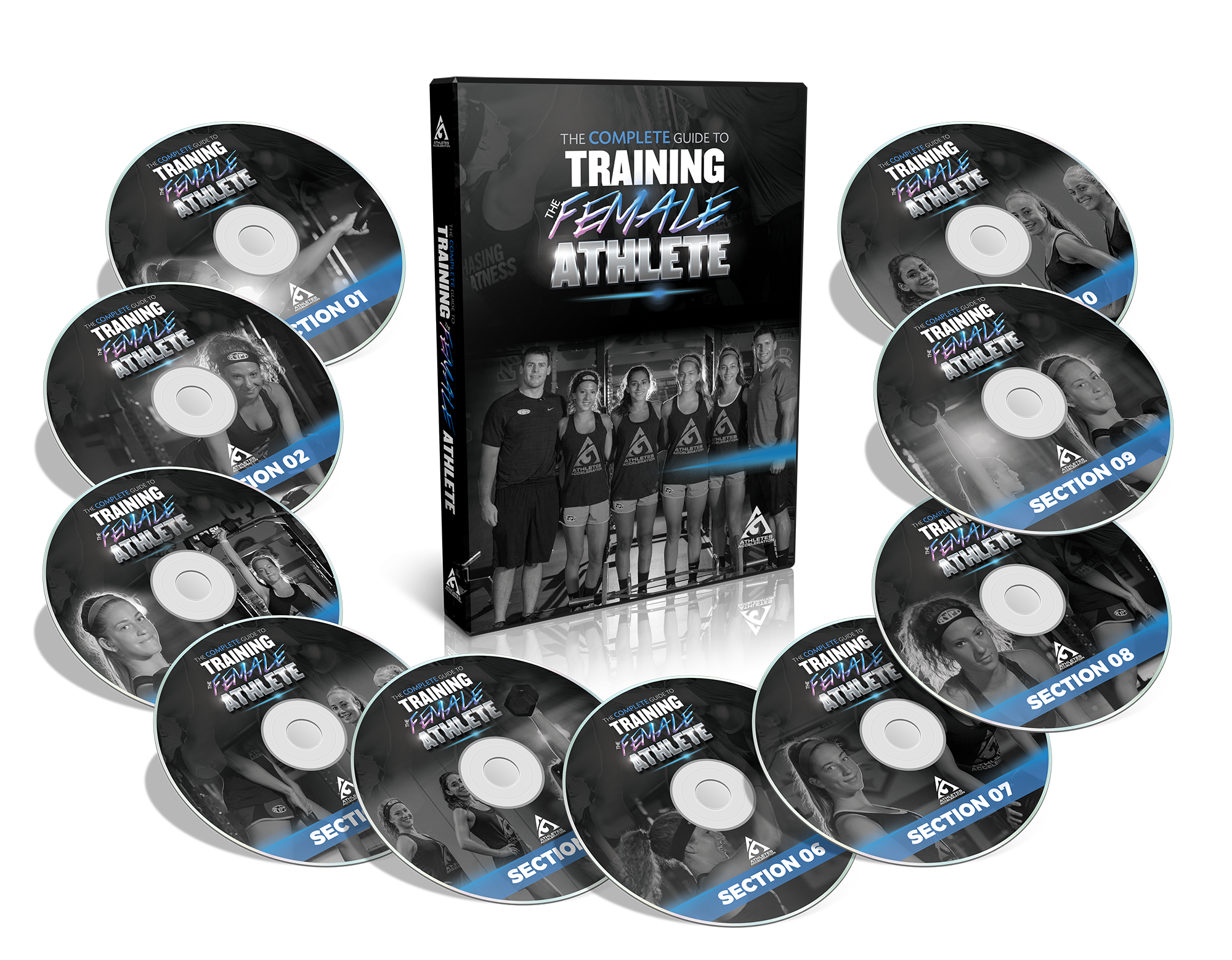Healthy Habit #1b:
What to Eat Every 2-3 Hours
ADAM FEIT ISSA-SPN “The Practical Nutritionist”
Now that we know why eating every 2-3 hours is important for both our health and athletic performance, it’s time to breakdown the recommendations and make it practical for our athletes or clients to follow. It doesn’t matter how many power point presentations we create or flyers we hand out, if our athletes or clients are not seeing results, we are not doing a quality job of making our recommendations practical for them to follow.
Every meal eaten throughout the day should have some combination of the three following food groups: lean proteins, quality carbohydrates, and healthy fats. Depending on the body composition goal of the athlete, each food group will vary in amount and timing. We will talk about that more in a future article. For now, let’s analyze a typical athlete’s eating plan and see where we can make adjustments.
Meal #1: Breakfast (if not skipped)
- High in processed, highly refined carbohydrates that spike blood sugar and leave the athlete or client feeling tired, sluggish and hungry for more.
- High in “extra calories” that are nutrient deficient and only add extra, unwanted, pounds
- Low in protein, which slows down the recovery process of the workout performed the day before
- Typical foods eaten: Cartoon character cereals, concentrated juice drinks, breakfast sandwiches from a fast food establishment, white bread or plain bagels with cream cheese, jellies and toppings, coffee with added sugar and cream
Meal #2: Lunch
- Usually something very convenient and eaten at the school cafeteria or take-out restaurant (remember athletes never have time to cook or bring something…)
- High in processed proteins and carbohydrates
- High in extra calories that are nutrient deficient
- Low in vitamins and minerals (lack of fresh fruit or vegetables)
- Typical foods eaten: Subs or sandwiches covered in high calorie dressings, grab and go chips from the school snack bar, leftovers from take-out the night before, microwaveable food items (Hot pockets, TV dinners, etc.), sodas and juices and desserts including ice cream sandwiches, brownies and cookies
Meal #3: Dinner
- Almost always the biggest meal of the day
- Extremely high in calories because the athlete or client hasn’t eaten well throughout the day and is now starving
- Typical foods eaten: Anything and everything!
Meal #4: Late Night
- Usually a combination of fast food, dorm room compliant snacks and alcohol or other high calorie, nutrient deficient beverages
- Typical foods eaten: Macaroni and cheese, TV dinners, Ramen noodles, wings, pizza, burgers, beer, sugar loaded carbonated alcoholic drinks
Now, this may seem like a gross generalization, but it is safe to say that many of the foods listed are being eaten in some capacity throughout the week. As a former college athlete, these were all present during my time living in the dorms and off-campus apartments. Not to mention, you’ll almost always see the remains of these food items in the locker room.
How do we correct these eating habits? Remove the limiting factor! What is holding your client or athlete back? Lack of knowledge! Educate them on the proper choices needed for optimal performance. Here’s a sample menu of various food types that should be included throughout the day:
Breakfast:
Carbohydrate choices:
- 100% whole wheat toast, bagels, wraps, waffles, pancakes
- Low-sugar, high fiber cereal (All-Bran, Cheerios, Kashi, old-fashioned oatmeal)
- Fresh or portable pieces of fruit (apples, oranges, berries, etc.)
- Chopped vegetables for an omelet (peppers, onions, spinach, etc.)
Protein sources:
- Eggs, egg whites, low-fat milk, cottage cheese, string cheese
- Lean protein for an omelet or egg based breakfast (ham, >90% lean ground beef/turkey)
- Whey protein powder for a breakfast power shake
Fat choices:
- Natural peanut butter, fish/flax oil, coconut oil, olive oil, avocado, butter, low-fat mozzarella/parmesan shredded cheese
Mid-morning snack:
Carbohydrate choices:
- Portable fruits
- Whole wheat wraps and breads for sandwiches
Protein sources:
- Whey protein powder shake, string cheese, low-sugar/fat yogurt, chopped chicken/steak/tuna or fresh minimally processed deli-meat (Applegate/Boar’s Head) for a small sandwich
Fat choices:
- Small handful of nuts or seeds (walnuts, almonds, pecans, cashews, peanuts, macadamia, sunflower, etc.)
Lunch:
Carbohydrate choices:
- Whole-grain pasta (Barilla Plus, Heartland, Uncle Ben’s)
- Unprocessed mixed rice and beans
- Fresh salad loaded with an assortment of colored fruits and vegetables (red/yellow peppers, spinach, broccoli, mushrooms, blueberries, strawberries)
- Whole wheat wraps and breads for sandwiches
- Roasted sweet potatoes or yams
Protein sources:
- Chopped chicken/steak/tuna or fresh minimally processed deli-meat (Applegate/Boar’s Head)
- Left-over protein sources from dinner the night before (chicken breast, steak tips, fish, etc.)
Fat choices:
- Mixed olive oil and vinaigrette dressing for salad
- Mixed nuts and seeds
Mid-afternoon snack:
- It should be similar to the mid-morning snack. If there is no activity the rest of the day, it should be comprised more of lean proteins, healthy fats and vegetables. If there is a practice or workout session still remaining, the focus should be on quality carbohydrates and proteins.
Dinner:
- It should be similar to lunch. Unfortunately, this tends to be the biggest meal of the day. When there is a lack of physical activity during the latter parts of the day, the calories ingested in this meal have a preferred pathway towards fat storage. Typically, this meal is reserved for social gatherings with family and friends. Limiting portions of social foods such as lasagnas, pasta dishes, barbecues and restaurant food would be best to ensure minimal fat gain and increased recovery time. Smarter choices should be made to prevent excessive fat gain and improve the rate of muscle gain.
The key thing to remember is to make BETTER CHOICES. Many of our athletes and clients don’t know what better choices are. Trainers, coaches and parents continually remind them to eat breakfast and eat multiple times per day, but don’t give them any direction as to what to exactly eat and how it pertains to their performance. Instead of counting calories, prescribing supplements and forcing excessive conditioning and weight training workouts, take a step back and see if they are even eating. We can design and implement the best workouts in the world, but if our athletes or clients are not eating and sleeping, all of our efforts towards improving athletic performance are compromised.







